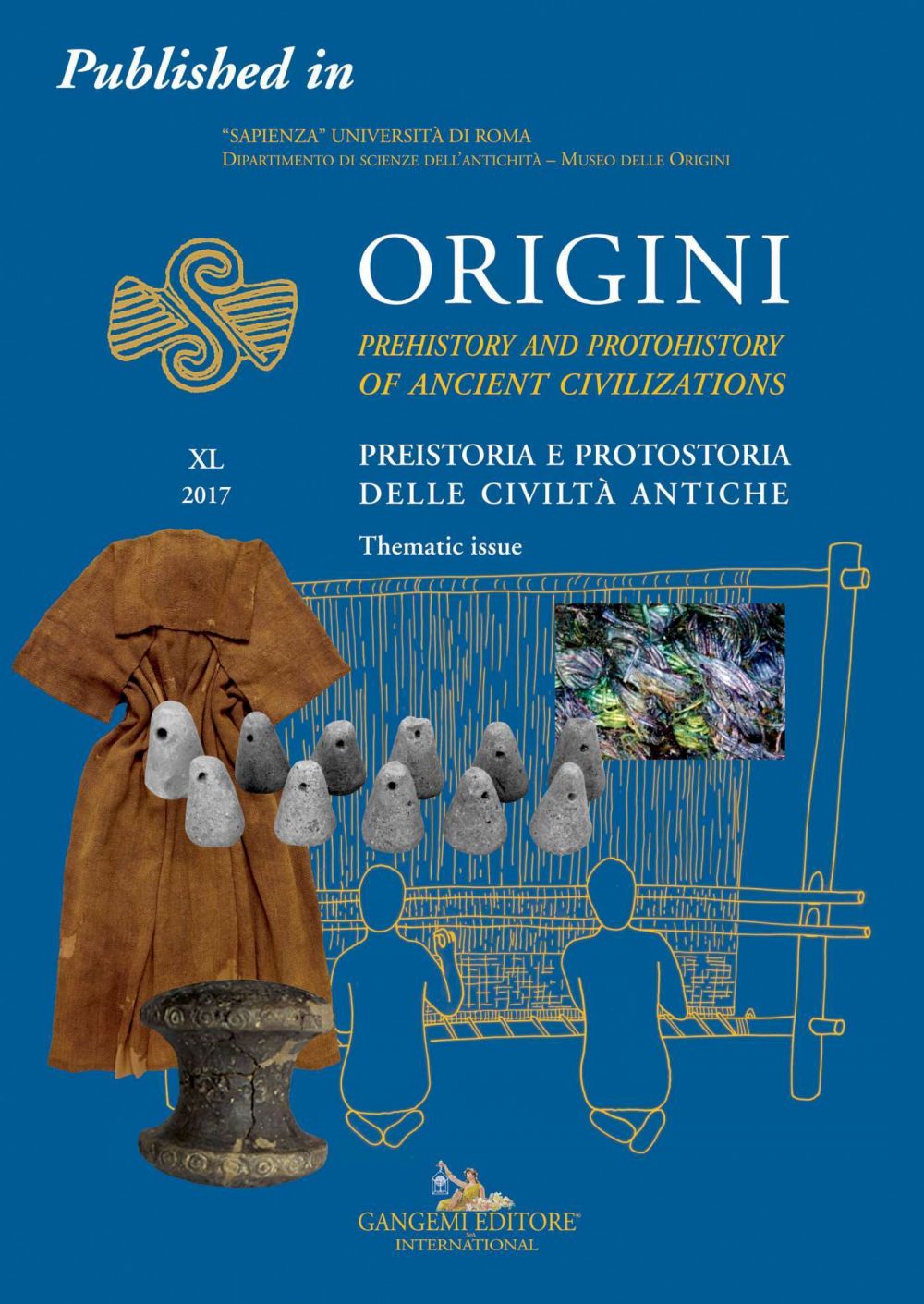Description
Published in Origini n. XL/2017. Rivista annuale del Dipartimento di Scienze dell’Antichità – “Sapienza” Università di Roma | Preistoria e protostoria delle civiltà antiche – Prehistory and protohistory of ancient civilizations | The sanctuary of the goddess Reitia at Este was the most important place of worship in ancient Veneto, where uninterrupted use since the end of the 7th century BC until the 2nd century AD resulted in the dedication of thousands of votive offerings. Among these, there are many artefacts that can be connected with the female activities of yarn and textile production, in accordance with the prerogative of a goddess ‘Ergane’, whose interpretation in Roman times is Minerva. This group of objects includes metal elements (a spindle, two ‘sceptres’, nine spindle whorls, eight needles) and clay tools (24 spindle whorls, 69 spools, and 292 loom weights), as well as a bronze sheet dedicated to the divinity depicting a weaver. The analysis of this material has special significance for the interpretation of the expressions of worship and levels of relationship with the ritual, as well as for the reconstruction of the close ties with the articulation and the evolution of society, reflected in particular by the funeral ritual.




